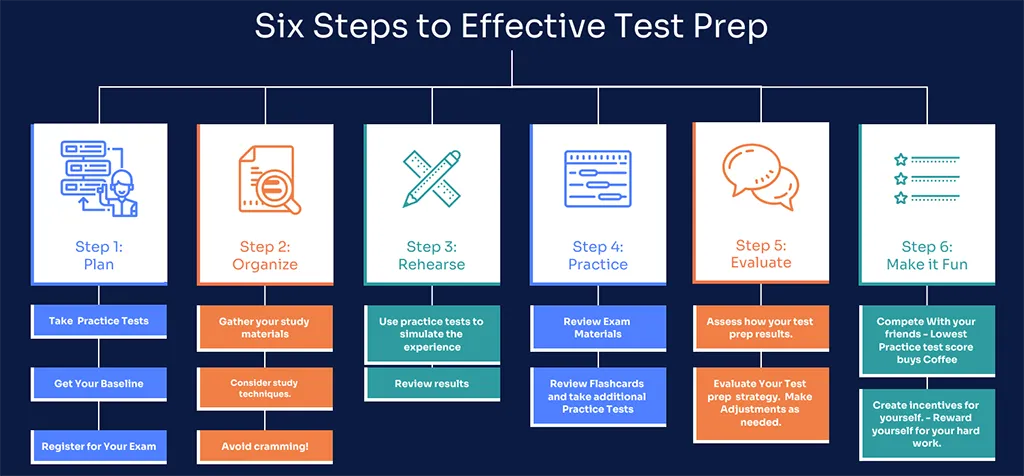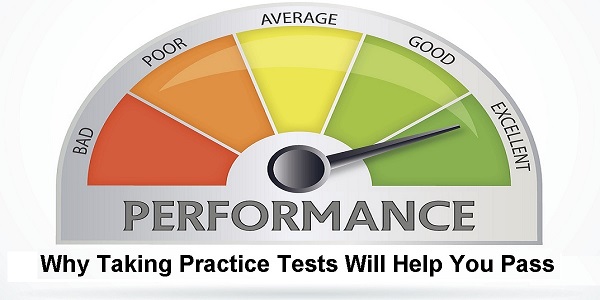|
The Importance of Flashcards
Though practice tests are powerful test-prep tools, finding enough time to complete one and review your results can be a daunting task. In situations where you do not have enough time to fully finish a practice test, flashcards can be a very effective way to study however much you can, whenever you can.
Aside from flexibility, here are a few more reasons why flashcards are excellent test-prep tools that you can use to supplement your test-prep tool chest:

Flashcards promote active recall.
Whether they exist physically or digitally, flashcards all feature a "front" side with a question and a "back" side with an answer. When you read the question and try to remember the answer then, you are engaging in a cognitive act called "active recall." Active recall is the process by which you "dig" in your memory banks for a specific piece of information, and studies have shown that repeatedly engaging in active recall strongly promotes learning.
Flashcards promote metacognition
Generally described as your knowledge of what you know and how your thought processes work, metacognition, and metacognitive strategies have an obvious role in test prep. After all, a major reason why practice tests are so effective is that they help you pinpoint your weaknesses and enable you to get a better understanding of what you know versus what you do not. Then with that information, you can tailor your test-prep journey accordingly.
Flashcards promote engagement.
Studies show that the gamification of learning can have positive effects on learner engagement and that highly engaged learners tend to be successful learners. If you just finished your second practice test of the day for instance and would like to study more but do not have the time or the energy for another practice test, maybe it is time for a lightning round!



